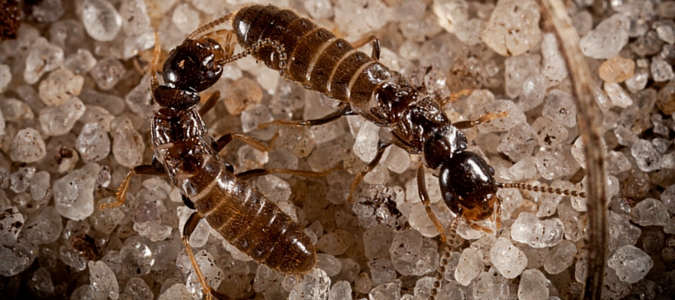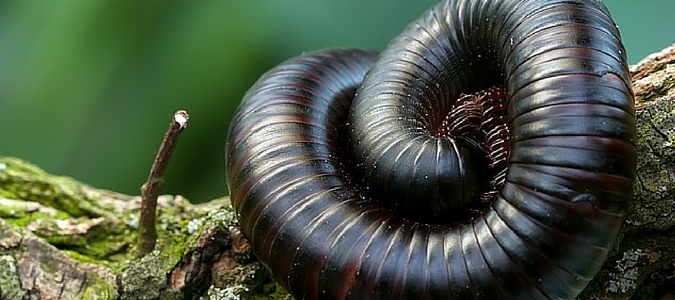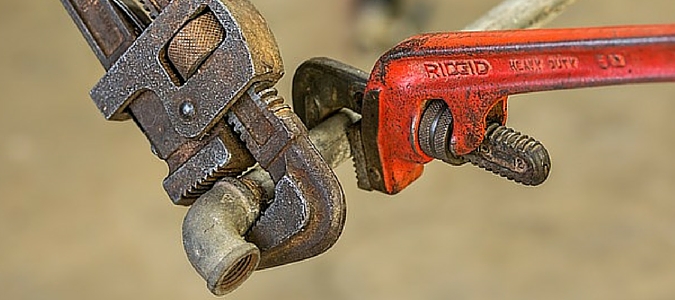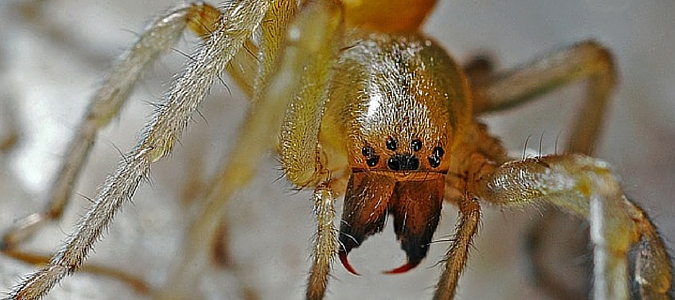Can Termites Destroy or Penetrate Concrete?

When termites invade a home, it can seem as though they’re getting in everywhere, including through the foundation. This has given rise to the belief that these pests are able to eat into concrete, a material which is supposed to be secure. Though there’s no truth to this story, your home’s foundation can still be a way for termites to enter your home and cause significant damage.
Can Termites Eat Concrete?
The short answer is no. Termites cannot digest concrete. Although wood is their preferred source of nutrition and what they are well-known for eating, termites have also been known to eat drywall, foam, plastics and even thin lead and copper cheeting materials especially when it’s in the way of them getting to wood.
If there’s wood on the other side of your concrete foundation, termites will do whatever they can to get at it. Termites are persistent, so they’ll keep looking for entry … Read Full Post »


